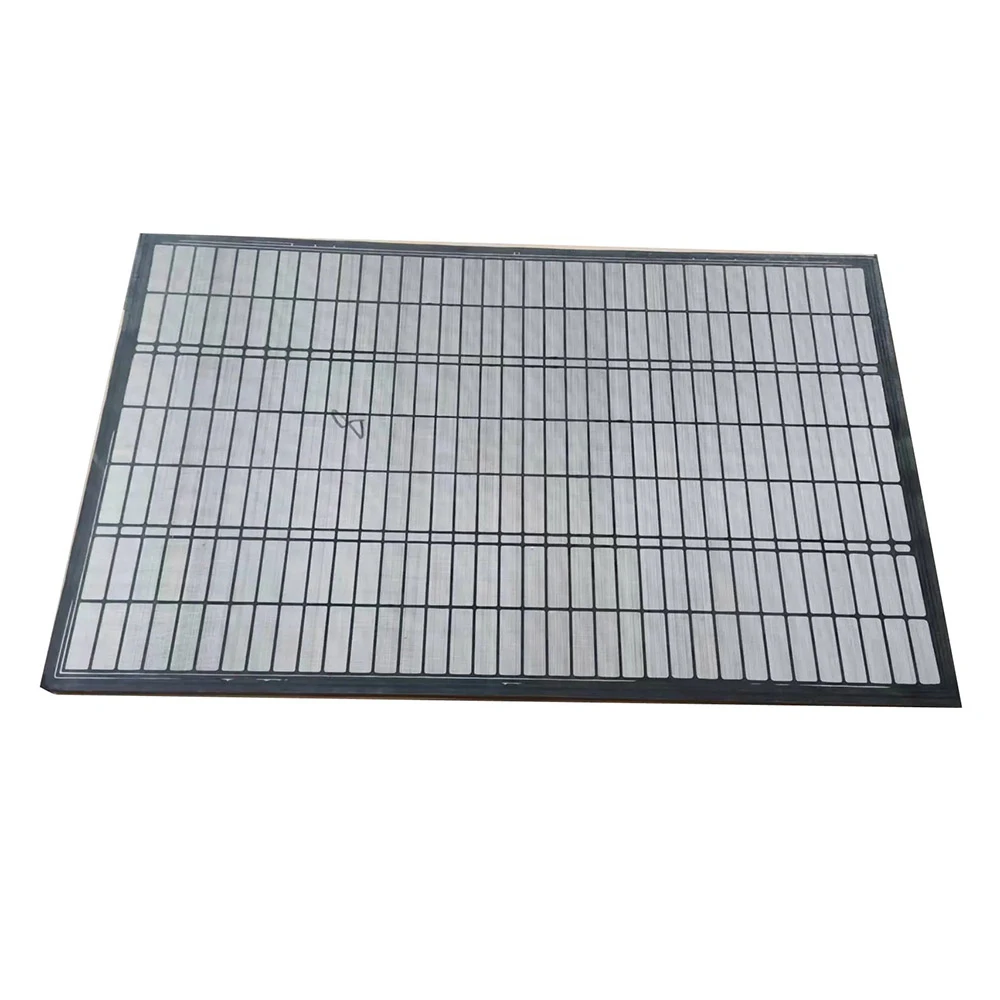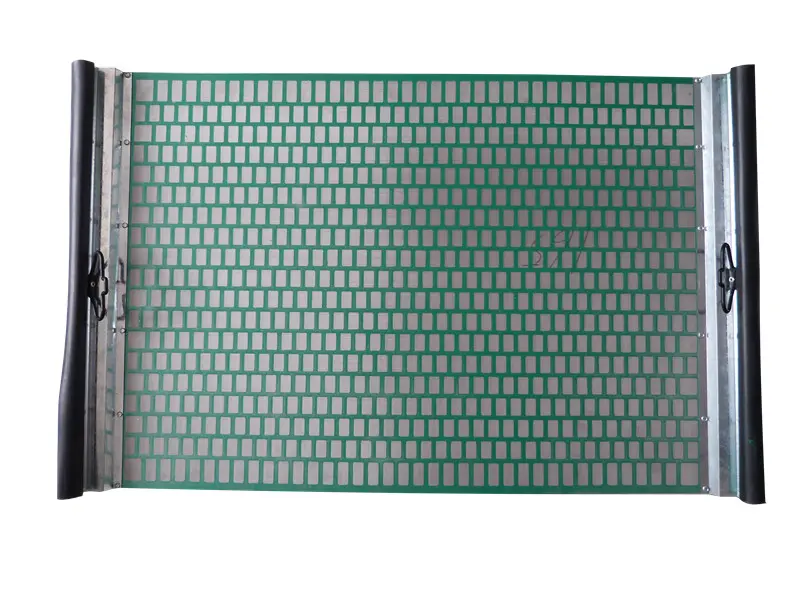Shale shaker screens are versatile and indispensable pieces of equipment with a wide range of applications across multiple industries. Their primary function of separating solids from liquids makes them crucial for enhancing operational efficiency, ensuring product quality, and reducing environmental impacts.
Shaker Screen in Oil and Gas Drilling: The Core Application
In the oil and gas drilling industry, shale shaker screens play a pivotal role and are considered the cornerstone of the solid - control system. When drilling operations take place, the drill bit grinds through various rock formations, generating rock cuttings that mix with the drilling fluid, or “mud”. This used drilling fluid, laden with cuttings, is circulated back to the surface, and the first line of separation occurs on the shale shaker screen.
By efficiently removing large rock cuttings from the drilling fluid, shale shaker screens protect downstream solid - control equipment such as desanders, desilters, and centrifuges. These downstream machines are designed to handle finer solids, and if large cuttings are not removed first, they can cause premature wear and damage to these more delicate and expensive pieces of equipment. Additionally, clean drilling fluid is essential for maintaining optimal drilling performance. It reduces friction between the drill bit and the formation, allowing for faster penetration rates and lower energy consumption. This not only saves time but also cuts down on operational costs significantly.
Moreover, in offshore drilling operations, where space is at a premium and environmental regulations are stringent, the role of shale shaker screens becomes even more critical. The efficient separation of solids helps in reducing the volume of waste that needs to be disposed of, minimizing the environmental footprint of the drilling activities. The use of high - quality shale shaker screens with appropriate mesh sizes can ensure that the drilling fluid is cleaned to meet the strict environmental standards, preventing the discharge of harmful solids into the ocean.
Coal Cleaning Industry
In the coal cleaning sector, shale shaker screens are employed to improve the quality of coal products. Coal mined from the earth contains various impurities, including shale, clay, and other non - coal minerals. Shale shaker screens are used to separate these unwanted materials from the coal based on their size and density differences.
The vibrating action of the shale shaker screen causes the coal and impurities to move across the screen surface. The smaller and lighter coal particles pass through the screen openings, while the larger and heavier impurities, such as shale rocks, are retained on the screen and conveyed to the discharge end. This initial separation step is fundamental in the coal - cleaning process as it reduces the amount of waste material that needs to be processed further. By removing a significant portion of the impurities at an early stage, the overall efficiency of the coal - cleaning plant is enhanced, and the energy required for subsequent cleaning operations, such as flotation and washing, is reduced.
The quality of the coal product is directly related to the effectiveness of the shale shaker screen operation. A well - maintained and properly configured shale shaker screen can ensure that the coal sent for further processing has a lower ash content and higher calorific value, making it more valuable in the market.
Shaker Screen in Mining Industry
In the mining industry, shale shaker screens are utilized for the separation of valuable minerals from waste rock and other gangue materials. Whether it is the mining of precious metals like gold and silver or base metals such as copper, zinc, and lead, shale shaker screens play a vital role in the initial stages of mineral processing.
When the ore is extracted from the mine, it is a mixture of valuable minerals and unwanted rock. Shale shaker screens are used to separate the ore into different size fractions. The larger pieces of waste rock can be removed first, reducing the volume of material that needs to be crushed and ground in subsequent processing steps. This not only saves energy but also reduces the wear and tear on the crushing and grinding equipment.
For example, in gold mining, the ore is often initially screened using shale shaker screens to separate the larger rocks from the finer - grained ore that contains the gold particles. The finer ore is then subjected to further processing methods, such as cyanidation, to extract the gold. The efficiency of this entire process depends on the effective separation achieved by the shale shaker screen at the beginning.









